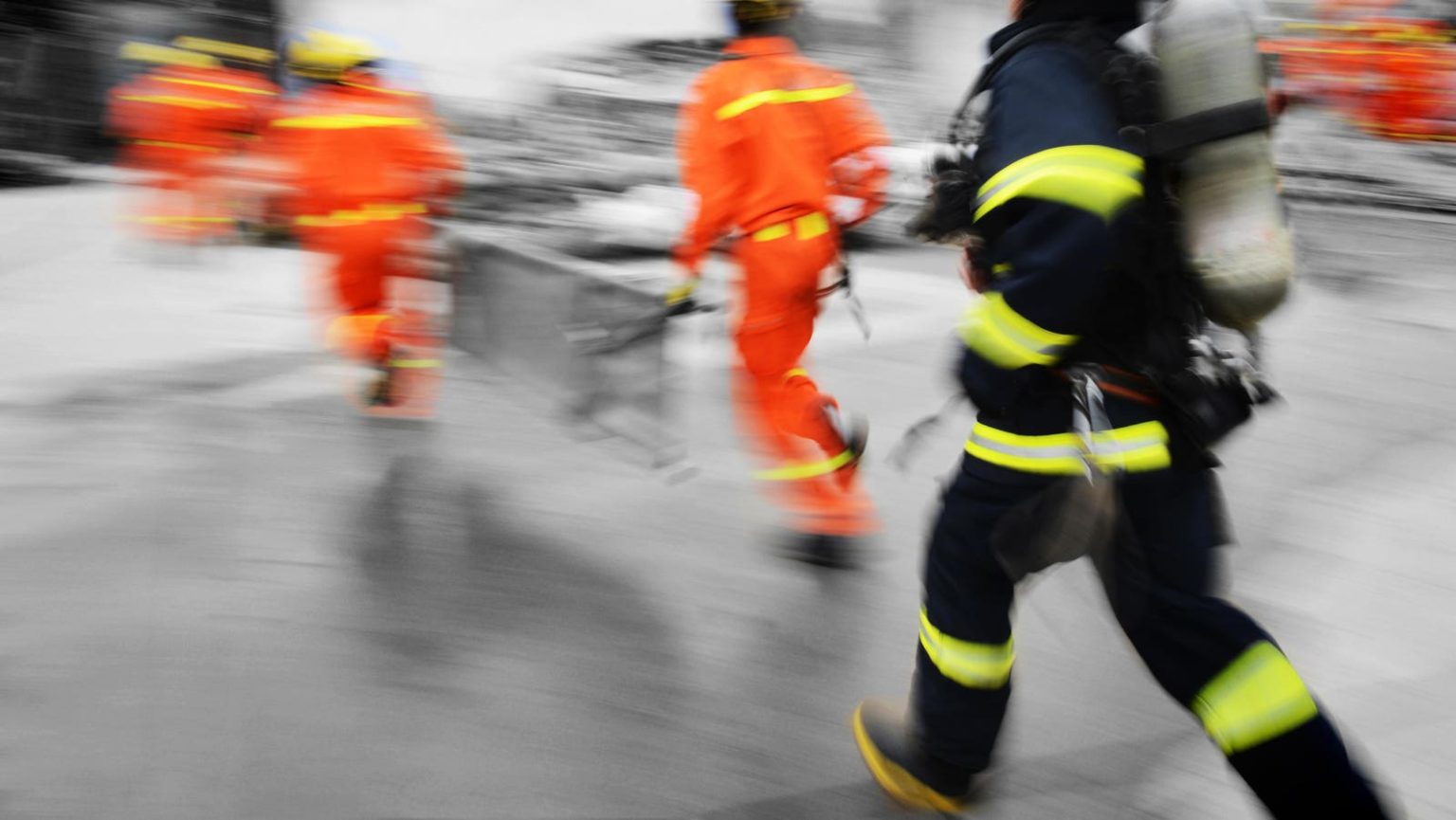Revolutionizing Emergency Response: Harnessing Technology for Enhanced Safety and Efficiency
The unpredictable and volatile nature of emergencies demands swift, coordinated action from professional responders and community members. Effective disaster management hinges on real-time access to critical data, enabling authorities to swiftly assess the scope, location, and impact of the event, while simultaneously mobilizing the necessary resources for optimal outcomes. Technological advancements are proving to be game-changers in this arena, with innovative platforms connecting emergency services with a wealth of information that surpasses traditional systems.
RapidSOS, a pioneering platform founded by Michael Martin and Nicholas Horelik, exemplifies this technological leap. Born from Martin’s personal experience with a mugging, the platform leverages data from a network of connected devices – from smartphones and vehicles to IoT devices and school systems – to provide 911 dispatchers with an unprecedented level of detail during emergencies. This data includes precise location information, medical profiles (with user consent), vehicle telematics, building blueprints, and even real-time security camera feeds, offering a comprehensive situational awareness that drastically enhances response capabilities. Currently serving over 170 million emergencies annually, RapidSOS is rapidly becoming a vital tool for public safety agencies across the US, Canada, Mexico, Brazil, South Africa and the UK, with ambitious plans for global expansion.
The impact of RapidSOS is evident in Aurora, Colorado, where 911 services have been transformed since its adoption in 2019. Director Tina Buneta highlights the frustration previously experienced by emergency personnel who struggled to pinpoint callers’ locations with limited cell tower data. RapidSOS has filled this critical gap, providing precise location information, including floor levels within buildings, dramatically improving response times and facilitating life-saving interventions. Buneta recounts a chilling example where the platform enabled the tracking and rescue of a woman held captive in a moving vehicle, demonstrating its potential to turn dire situations around.
Beyond individual emergencies, technology is also proving crucial in managing large-scale disasters. Peregrine Technologies, founded by Nick Noone and Ben Rudolph, exemplifies this by offering a data integration platform that compiles fragmented information from various sources into a coherent real-time picture. This platform empowers decision-makers with comprehensive insights, enabling them to analyze data, test strategies, and allocate resources effectively during crises. While initially designed for law enforcement applications, Peregrine’s capabilities have expanded to support natural disaster response, aiding first responders and authorities in making informed decisions under immense pressure.
The effectiveness of Peregrine’s platform was demonstrated during the devastating hurricanes that ravaged the southeastern US in late 2024. In Florida, Peregrine played a crucial role in pre-storm planning, utilizing historical data and topography to identify high-risk areas and preemptively deploy resources. During the storms, the platform facilitated real-time data gathering, enabling emergency management teams to prioritize 911 calls, track evacuation progress, and coordinate rescue efforts. The platform’s ability to centralize and analyze real-time data streamlined decision-making and ultimately contributed to a more efficient and effective response.
Jodie Fiske, Director of Public Safety for Manatee County, Florida, underscores the value of Peregrine’s real-time information gathering capabilities. Faced with the challenge of managing multiple shelters during the hurricanes, the platform provided crucial insights into shelter capacity and occupancy, enabling proactive resource allocation and ensuring the safety of those seeking refuge. Moreover, the ability to analyze evacuation data identified peak evacuation periods and informed future strategies to improve evacuation efficiency.
The combination of readily available real-time data and its efficient access via platforms such as Peregrine and RapidSOS constitutes a paradigm shift in emergency response. By empowering officials with comprehensive situational awareness and facilitating data-driven decision-making, these technologies are not only saving lives but also optimizing resource allocation and expediting recovery efforts. The case of Manatee County receiving expedited reimbursement for debris pickup, thanks to the readily available data provided by Peregrine, highlights the long-term benefits of these technological advancements. As these platforms continue to evolve and expand their reach, their contribution to enhancing public safety and building more resilient communities will only become more profound.


